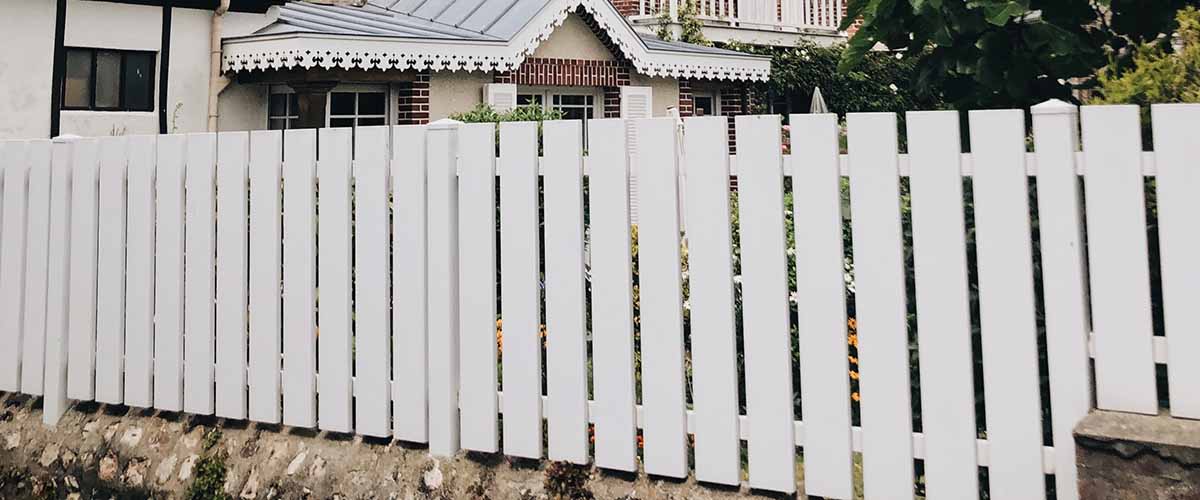A well-designed privacy fence can transform your outdoor area into a secluded and peaceful oasis, shielded from prying eyes and external noise. Whether you’re looking to enjoy a private garden, a quiet reading nook, or a serene dining space, choosing the right privacy fence design is essential.
Here are creative tips and design ideas to help you create a secluded outdoor space that suits your needs and style.
1. Determine Your Privacy Needs
Before selecting a privacy fence design, assess your privacy requirements. Consider factors such as the level of privacy desired, the purpose of the outdoor space, and the surrounding environment. Are you aiming for complete seclusion, or do you prefer a partially open design that allows for some visibility?
2. Choose the Right Material
Privacy fences come in various materials, each offering a unique aesthetic and level of maintenance. Common materials include:
- Wood: Provides a classic, natural look and can be stained or painted to match your style.
- Vinyl: Low-maintenance and durable, available in various colors and styles.
- Metal: Offers a modern and industrial appearance, with options like steel or aluminum.
- Bamboo: Adds a tropical or Zen vibe to your outdoor space, suitable for a more relaxed atmosphere.
- Hedges and Greenery: Create privacy with living fences made of bushes, trees, or vines for a lush and eco-friendly solution.
3. Height and Design
The height of your privacy fence is crucial for achieving the desired level of seclusion. Taller fences, typically around 6 to 8 feet high, offer greater privacy, but local regulations may limit fence height in some areas. Be sure to check local ordinances before installation.
Consider the fence design, including the pattern and spacing of the boards or panels. Alternating boards or using lattice work can allow for some airflow and light while maintaining privacy.
4. Color and Finish
Choose a color and finish that complements your outdoor decor and home’s exterior. Darker colors can provide a bold and modern look, while lighter tones create an airy and inviting ambiance.
5. Gate Design
Don’t forget to consider the design of your gate. The gate should match the style of your fence and provide easy access to your outdoor space. Automatic or sliding gates can add convenience and elegance to your privacy fence.
6. Landscape Integration
Integrate landscaping into your privacy fence design to enhance its appeal. Incorporate planters, climbing vines, or potted plants alongside the fence to soften its appearance and create a natural transition between your outdoor space and the surrounding environment.
7. Decorative Elements
Add decorative elements to your privacy fence to make it unique. Add decorative caps, finials, or lighting fixtures to enhance the fence’s appearance and functionality.
8. Maintenance and Durability
Choose a privacy fence material that aligns with your maintenance preferences. Some materials require regular upkeep, such as wood, while others, like vinyl or metal, are low-maintenance and more durable in various weather conditions.
9. Consult with a Professional
If you’re unsure about design options or fence installation, consult a professional fence contractor or landscape designer. They can advise and ensure your privacy fence meets local building codes and regulations.
With the right privacy fence design, you can create a secluded outdoor space to relax and unwind in peace. Consider your privacy needs, material preferences, and aesthetic style to design a privacy fence that transforms your outdoor area into a serene retreat.


